Below, we explore some of the most stunning and resilient options for your rock garden.
Bugleweed (Ajuga reptans and A. spp.)
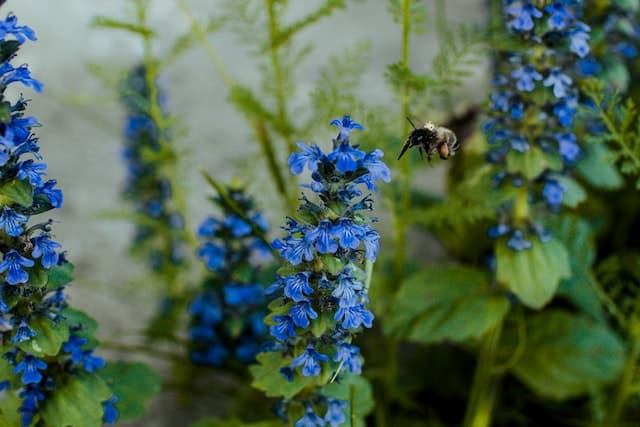
Bugleweed is an excellent ground cover option in colder climates, known for its lush, spreading habit and vibrant foliage. This perennial thrives in partial shade to full sunlight and prefers well-drained soil, which makes it an ideal candidate for rock gardens. The two main types, Ajuga reptans and its various species, showcase attractive rosettes of leaves in shades of green, brown, and even burgundy.
In spring, Bugleweed sends up spikes adorned with charming blue to purple flowers that attract pollinators like bees and butterflies. Their ability to thrive even in challenging soil conditions ensures they remain vibrant without much fuss. Keep in mind that while they are generally hardy, they do appreciate occasional moisture, especially in dryer periods.
Basket of Gold (Aurinia saxatilis)

Basket of Gold is a stunning perennial that lights up rock gardens with its striking clusters of yellow flowers. This plant prefers full sun and is drought-tolerant, making it a fabulous choice for those wanting low-maintenance yet vibrant blooms. Its compact growth habit, usually reaching about 12 inches in height, allows it to fit neatly between larger stones or in crevices of walls.
One of the most endearing features of the Basket of Gold is its ability to create a beautiful carpet of flowers in spring. The gray-green foliage provides an excellent backdrop, allowing the golden blossoms to truly pop. Additionally, after flowering, the foliage continues to look good throughout the growing season, giving you more bang for your buck in a rock garden.
Blue Fescue (Festuca glauca)

With its striking blue-green blades, Blue Fescue adds a unique texture to your rock garden. This ornamental grass is not only hardy but also incredibly versatile, thriving in poor, well-drained soils and full sun. Its neat, clumping form reaches about 12–18 inches in height, providing a unique contrast to the rugged textures of rocks.
Blue Fescue is perfect for edging or filling in spaces between stones, creating a serene and calming appearance. In spring, it may produce airy flower spikes that lend further interest. Its tolerance to drought makes it a go-to choice for gardeners looking to reduce their watering efforts.
Candytuft (Iberis sempervirens)
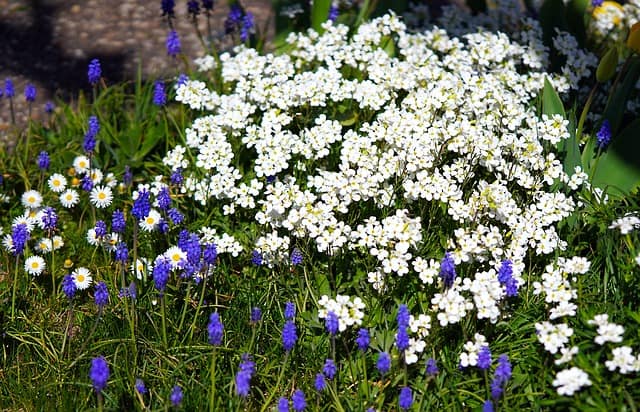
Candytuft is a rock garden classic that bursts into a delightful display of white flowers in early spring. Its evergreen foliage provides year-round interest, while the dense clusters of blooms create a stunning contrast against any rocky backdrop. This plant prefers full sun and well-drained soil, making it perfectly suited for typical rock garden conditions.
Additionally, Candytuft is a great choice for attracting pollinators, and its compact growth habit (typically 6–12 inches tall) works well in smaller spaces. When the blooms begin to fade, a quick trim can encourage a second wave of flowers, extending their show and ensuring your garden looks fresh and vibrant through the spring.
Campanula (Campanula spp.)
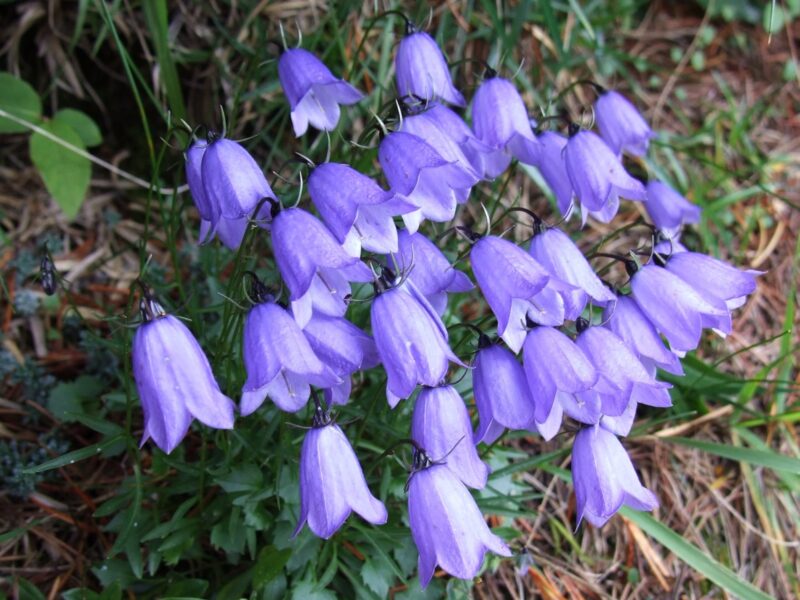
Campanula, or bellflower, encompasses a variety of species that offer diverse shapes and colors, from violet to deep blue. Many varieties are especially suited to rock gardens, like Campanula portenschlagiana, which features trailing stems perfect for cascading over rocks or walls.
These hardy perennials prefer well-drained, moderately fertile soil and thrive in full sun to partial shade. The tubular flowers attract bees and butterflies, bringing life and activity to your garden. With some varieties creeping or spreading across rocky surfaces, they form a tight mat of foliage punctuated with charming blooms throughout the summer months.
Columbine (Aquilegia spp.)

Columbine garners attention with its unique, intricate flowers that resemble graceful dancers swaying in the breeze. With countless species to choose from, these perennials showcase a palette from soft yellow and white to bold reds and blues. Aquilegia can adapt to many soil types, preferring well-drained soil and a mix of sun and shade.
Apart from being visually stunning, Columbines are an excellent choice for pollinators, attracting hummingbirds and various bees. They typically grow between 12–36 inches tall, providing vertical interest in your rock garden. In fall, their foliage turns to an appealing golden hue, extending the decorative season even beyond the summer blooms.
Coral Bells (Heuchera spp.)
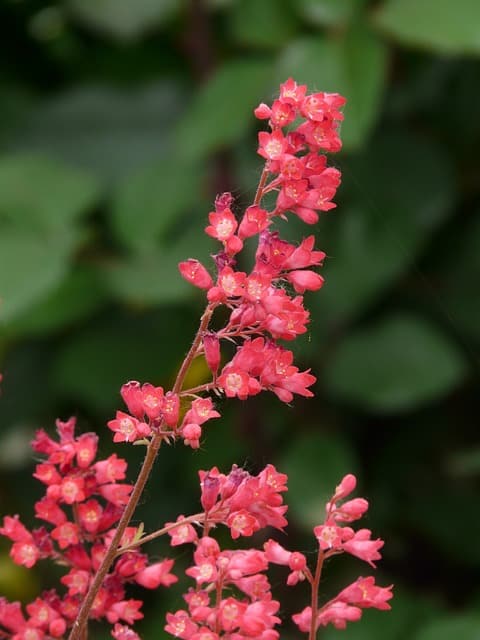
Coral Bells, recognized for their elegant foliage, bring a colorful dimension to the rock garden throughout the year. Ranging from lime green to deep burgundy, the leaves of Heuchera spp. effectively complement rocky textures. While they can tolerate varying light conditions, they thrive in partial shade and well-drained soil.
In late spring to early summer, coral bells produce delicate, airy flower spikes, which attract hummingbirds and add height to the garden composition. One of the standout features of Coral Bells is their ability to thrive in dry conditions, making them suitable for harsh environments. Their stunning foliage can work as a focal point, especially in shady areas of a rock garden.
Cotoneaster (Cotoneaster spp.)
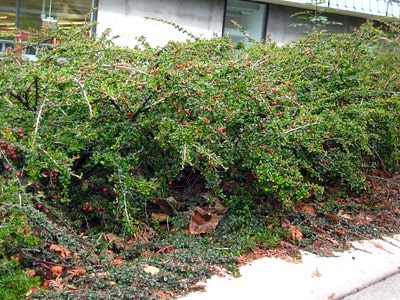
Cotoneaster shrubs are perfect for filling in those uneven spaces in rock gardens. Drought-resistant and able to thrive in poor soils, these hardy plants spread gracefully, creating a lovely, undulating effect. Their glossy leaves and red berries add visual interest, especially in late summer and fall.
Types like Cotoneaster horizontalis, commonly known as spreading cotoneaster, can reach approximately 12 inches in height. They provide excellent ground cover and are known for their resilience to harsh winters. The birds love the berries, allowing your rock garden to support local wildlife.
Dianthus (Dianthus spp.)
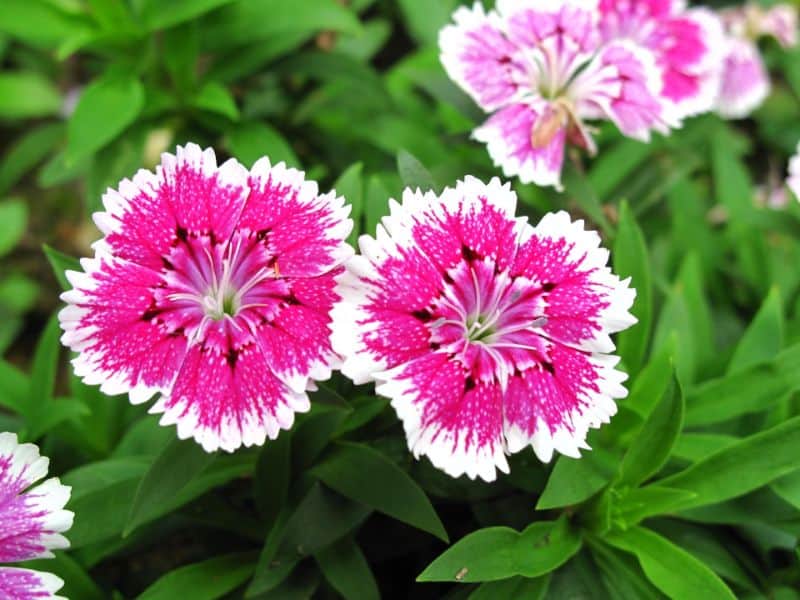
Dianthus, or carnation, comes as a delightful group of perennials, all renowned for their charming pink, red, and white blooms. These plants are perfect for rock gardens, often sporting fragrant and colorful flowers that bloom in early to mid-summer. They prefer full sun, making them a natural fit for sunny spots in your garden.
Characteristically, they grow low to the ground (typically 6–12 inches in height) with narrow, grassy foliage that acts as a backdrop for their vibrant blooms. Many varieties are tolerant of drought conditions, making them an excellent option for an easy-care landscape. With their long blooming season and pleasant fragrance, they elevate the sensory experience of your outdoor space.
Hen and Chicks (Sempervivum spp.)
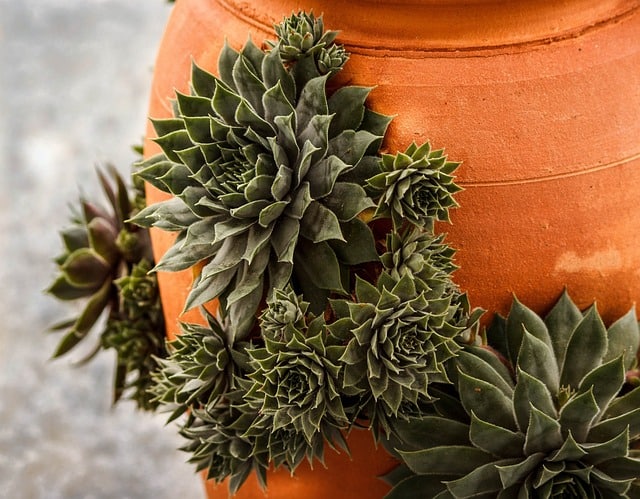
Hen and Chicks are fabulous succulents that manage to thrive in poor soils and dry conditions, making them the ideal choice for a rock garden. These hardy perennials form rosettes that spread outward, giving them a unique and attractive look. Known for their resilience, they flourish in full sun and require minimal maintenance.
These plants, named for the way the mother plant (the hen) produces smaller offshoots (the chicks), showcase fascinating colors and textures that change with the seasons. They are notable for their charming clusters of small blooms that stand in stark contrast to their fleshy leaves. With minimal watering required, they suit both seasoned gardeners and those just beginning their plant adventures.
Irish Moss (Sagina subulata)
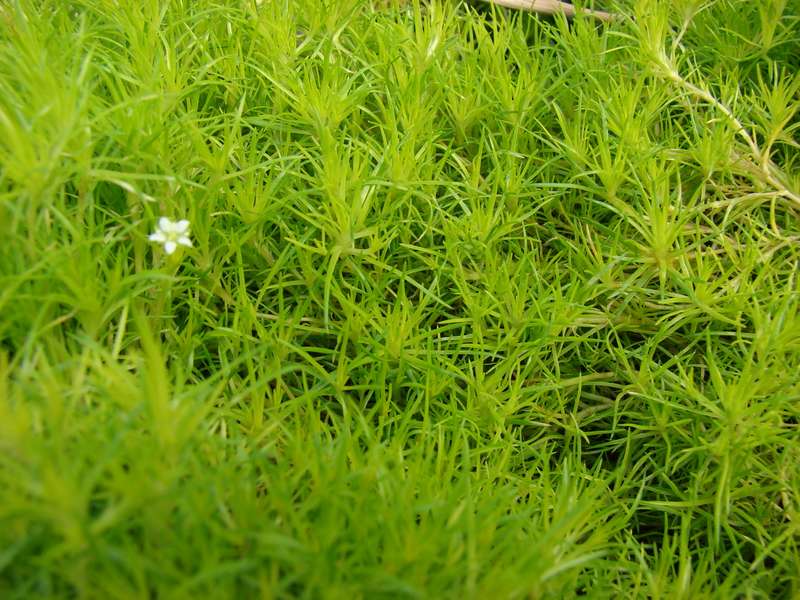
Irish Moss is a captivating choice for rock gardens, particularly between stones where you want a lush, green carpet. This plant prefers well-drained soil and moderate sun exposure, thriving in the cool temperatures of Zone 4. Irish Moss creates a soft, inviting surface that feels wonderful to walk on.
Blooming in late spring, it produces small white flowers that add a gentle charm to the vibrant green foliage. Its ability to thrive in foot traffic makes it an excellent option for gardens frequented by people or pets. This plant is also recognized for its resistance to pests and diseases, ensuring a vibrant appearance with minimal fuss.
Juniper (Juniperus spp.)

Junipers are a staple in rock gardens for their durability and structure. These evergreen shrubs and groundcovers come in various forms, from trailing varieties that hug rocks to upright shapes providing height and contrast. With their needle-like leaves, Junipers incorporate texture and color year-round.
Drought-tolerant and hardy, Junipers prefer full sun and can adapt to different soil types. Whether you choose a low-growing type like Juniperus horizontalis or a larger species, they add a timeless quality to your garden. Their resistance to harsh environmental conditions makes them particularly well-suited for rocky slopes or rough terrains.
Lamb’s Ear (Stachys byzantina)
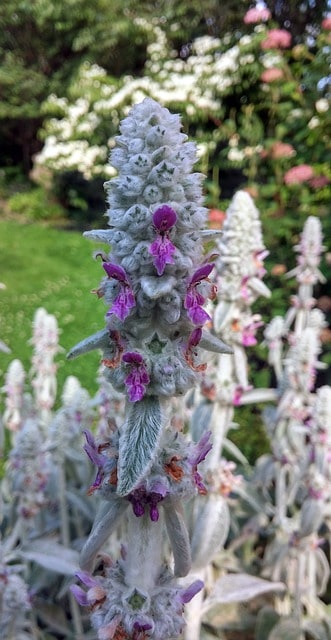
Known for its soft, velvety foliage, Lamb’s Ear is an eye-catching addition to any rock garden. This perennial thrives in full sun and well-drained soil, producing a unique texture that contrasts beautifully with stones. Its silvery-gray leaves provide year-round interest, and the plant can spread comfortably, making it effective in filling gaps.
In summer, Lamb’s Ear produces tall spikes topped with pink or purple flowers that draw in butterflies and bees. Its drought tolerance makes it a low-maintenance option, perfect for growing in sunny, dry spots. Lamb’s Ear also works well as an informal ground cover, softening the hard edges of rocks and pavers.
Mugo Pine (Pinus mugo)
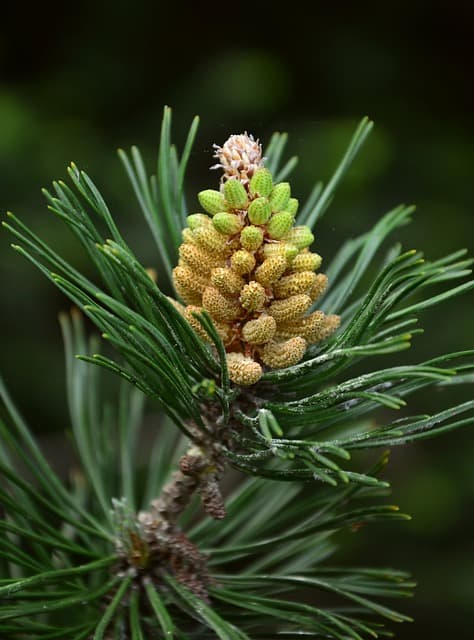
Mugo Pine is a rugged evergreen that adapts splendidly to rock gardens with its compact nature and varying growth habits. These dwarf evergreens typically stay low to the ground (1–4 feet tall) and bring year-round greenery, enhancing the structure of your rock garden.
Mugo Pines thrive in full sun and poor soils, making them resilient in less-than-ideal conditions. Their dark green needles provide a lush backdrop for flowering plants while retaining a fresh appearance throughout the winter. With their ability to survive in low moisture conditions, Mugo Pine leads to low-maintenance gardening, which is always a plus!
Phlox (Phlox spp.)
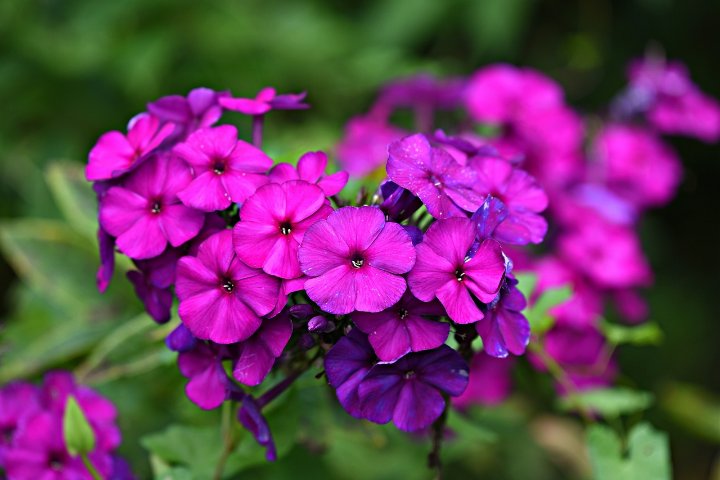
Phlox brings a delightful splash of color to rock gardens, with many varieties available to suit your specific needs. The low-growing types serve as excellent ground covers, while taller versions add vertical interest. This perennial thrives in well-drained soil and full sun, producing fragrant blooms that attract both butterflies and hummingbirds.
Blooming from late spring through summer, Phlox flowers are typically found in vibrant shades of pink, purple, and white, providing a cheerful addition to your garden space. The foliage is also attractive, often turning colorful in fall, making it an all-around winning choice for year-round impact in a rock garden.
Rock Cress (Aubrieta deltoidea)
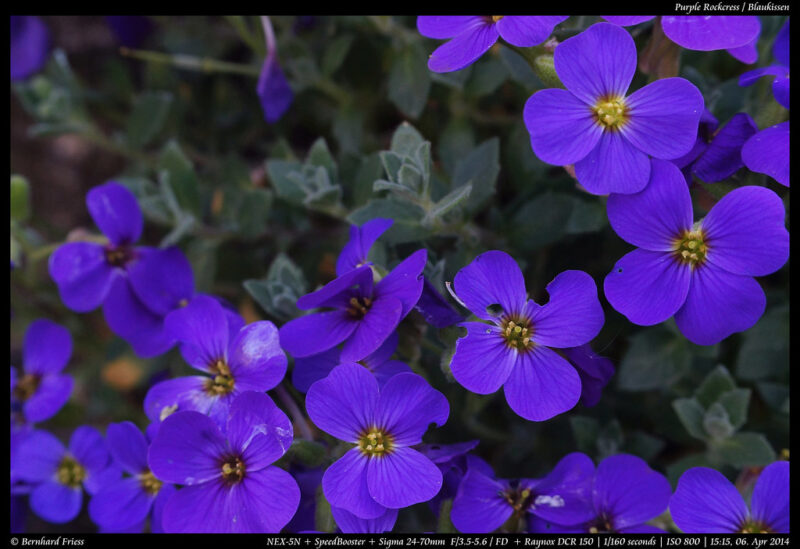
Rock Cress performs beautifully in rock gardens with its low, sprawling habit and vibrant purple blooms in spring. Perfect for sunny spots, it thrives on well-drained soil and can tolerate drought conditions. This perennial creates a stunning mat of foliage that is both attractive and useful in suppressing weeds.
The vibrant purple flowers stand out against the bright green leaves, adding charm and a burst of color to any rocky landscape. An added benefit is its impressive resilience; once established, Rock Cress will reliably return year after year with minimal attention.
Sea Thrift (Armeria maritima)
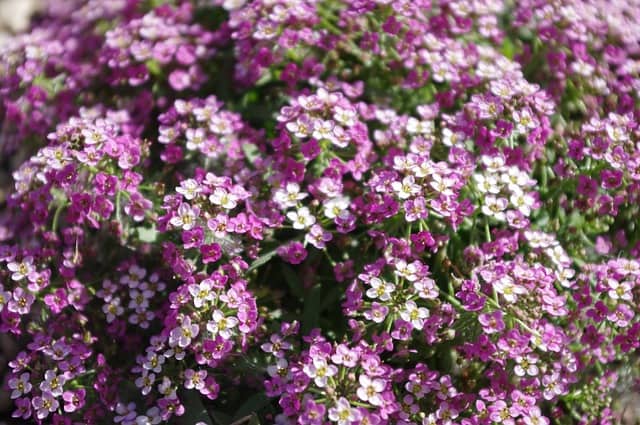
Sea Thrift is a charming perennial that thrives on rocky coastal areas but is equally suited to rock gardens inland. With its tufted growth habit and grass-like leaves, this plant reaches about 6–12 inches in height and produces delightful pink or white flowers on slender stalks in the spring.
Preferring full sun and well-drained soil, Sea Thrift adds a soft touch to your garden, often blooming profusely among stones. Its resilience in poor soils and drought tolerance makes it an admirable candidate for robust rock gardens, where beauty and endurance are key.
Sedum (Sedum spp.)

Sedums, or stonecrops, are a vast and varied group of succulents that add both charm and resilience to rock gardens. With numerous species and cultivars, they can provide everything from ground cover to edging or even height in a mixed arrangement. Their fleshy leaves store water, allowing them to thrive in dry conditions and poor soils.
Sedums bloom at various times, with flowers ranging from yellow to pink to red, attracting pollinators and brightening up the landscape. They can spread rapidly, making them excellent for filling gaps and covering rocky patches. Easy to maintain, Sedums are the perfect choice for gardeners seeking beautiful, hardy plants.
Snow in Summer (Cerastium tomentosum)
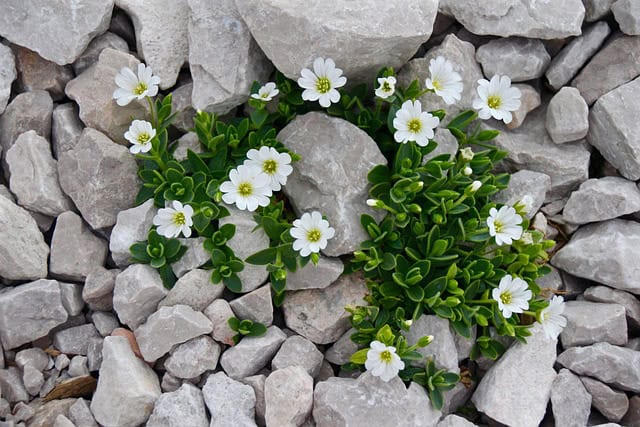
Snow in Summer is a delightful ground cover that draws the eye with its stunning display of white flowers against silvery-green foliage. This perennial thrives in sunny, well-drained locations, making it well-suited for rock gardens. As its name suggests, it blooms in late spring to early summer, creating a lovely “snowy” look across the rocky terrain.
Its mat-forming habit allows it to fill in around stones, providing a seamless transition between plants and hardscapes. Snow in Summer also serves as an excellent erosion control option for slopes in your landscape. With minimal care required, it makes a delightful addition to any Zone 4 rock garden.
Soapwort (Saponaria ocymoides)
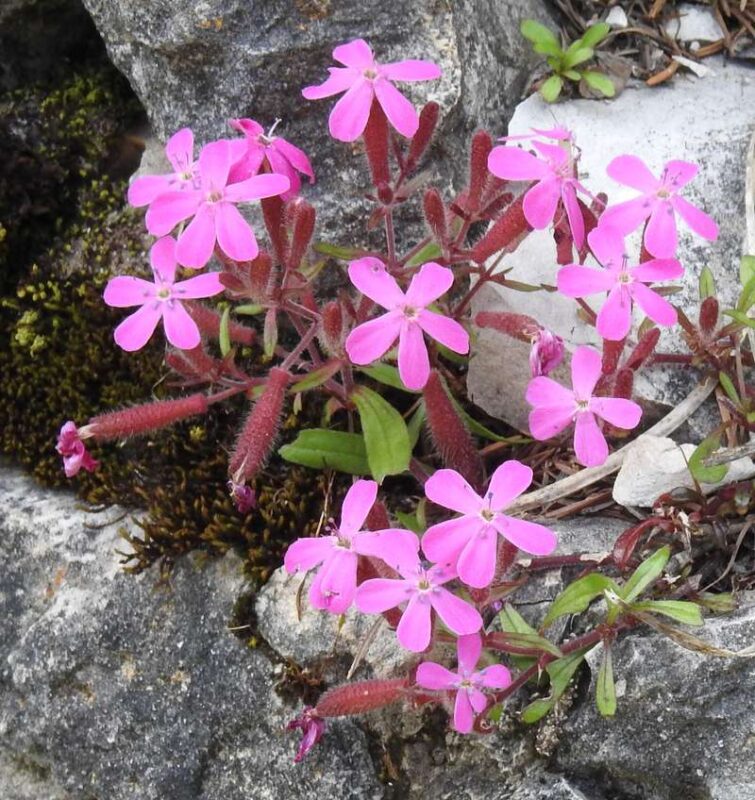
Soapwort is a perennial that offers both beauty and utility to your rock garden. With its lovely pink flowers blooming from late spring to summer, it attracts various pollinators and adds a pop of color to rocky areas. This plant thrives in well-drained soil and sun to partial shade, ideal for rocky environments.
The name “Soapwort” comes from the plant’s historical use as a natural soap due to its saponin content in the leaves. It is a resilient choice, capable of thriving in various conditions while providing a charming display. Its growth habit ranges from 12 to 18 inches in height, making it suitable as a border or filling groupings in your rock garden.
Creeping Thyme (Thymus spp.)
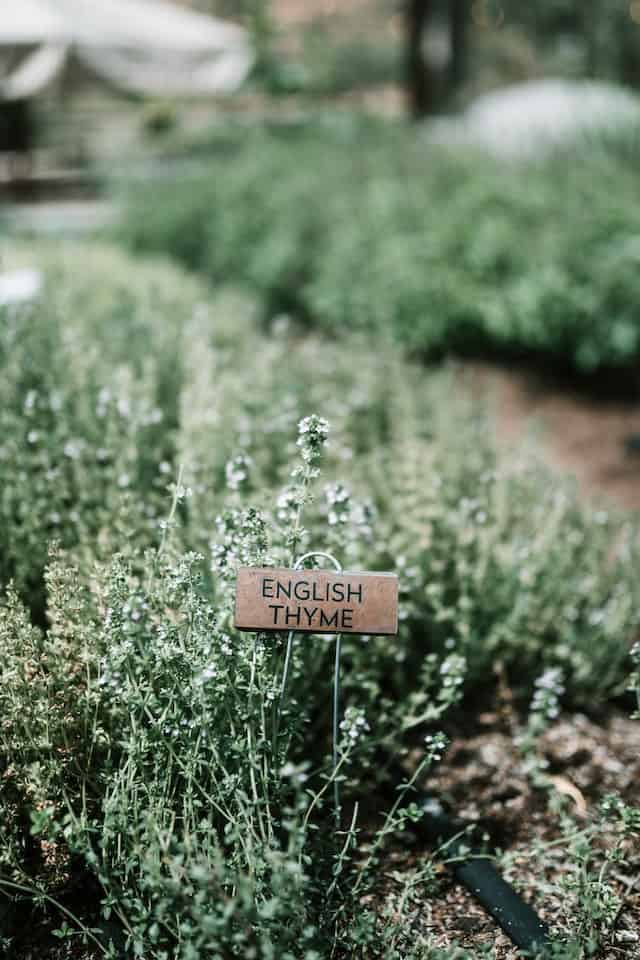
Creeping Thyme makes an excellent addition to rock gardens due to its ability to tolerate drought, poor soil, and foot traffic. This low-growing herb spreads easily, creating an attractive ground cover that can fill in spaces between stones perfectly. Typically flowering in pinks and purples, it provides delightful color and fragrance during its bloom period in late spring.
In addition to its ornamental qualities, Creeping Thyme is cherished for its culinary uses, making it a dual-purpose plant in your garden. It attracts bees and other pollinators with its nectar-rich flowers, enhancing biodiversity in your rock garden. Its resilience and adaptability make it a staple choice for creating lush, textured ground cover in challenging environments.





